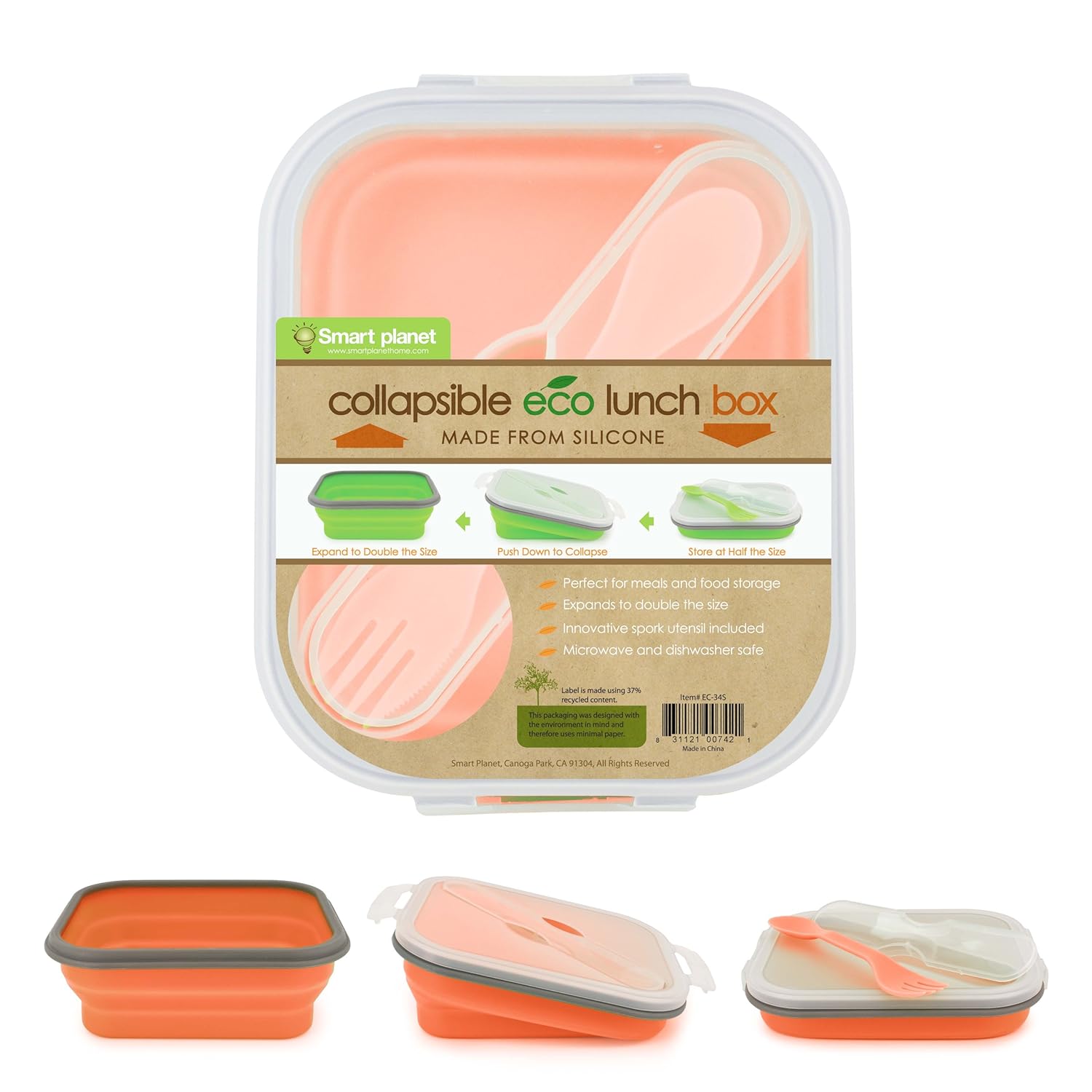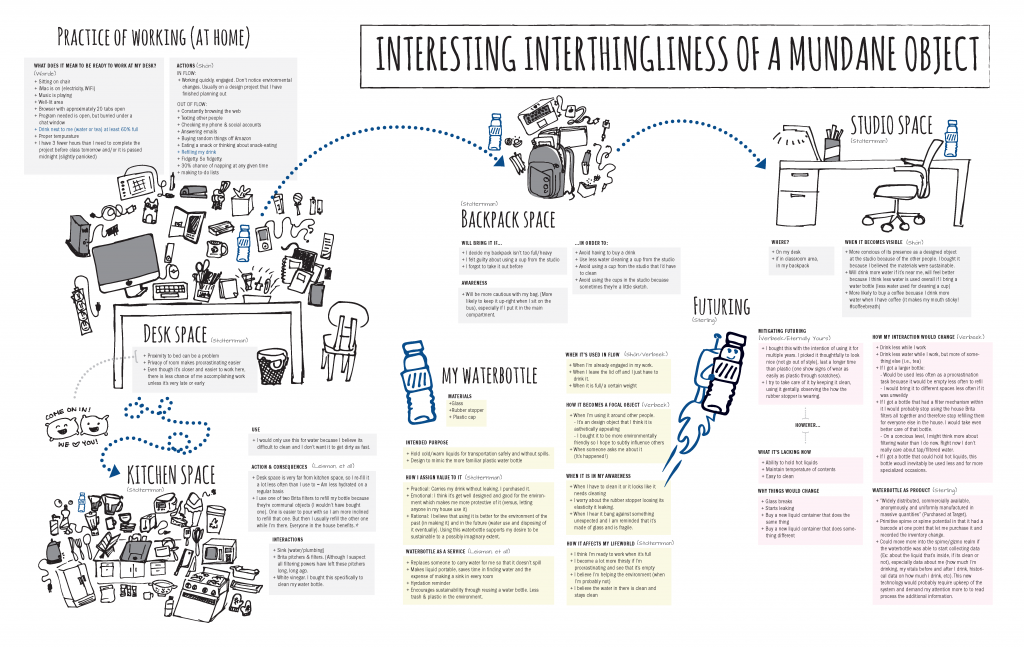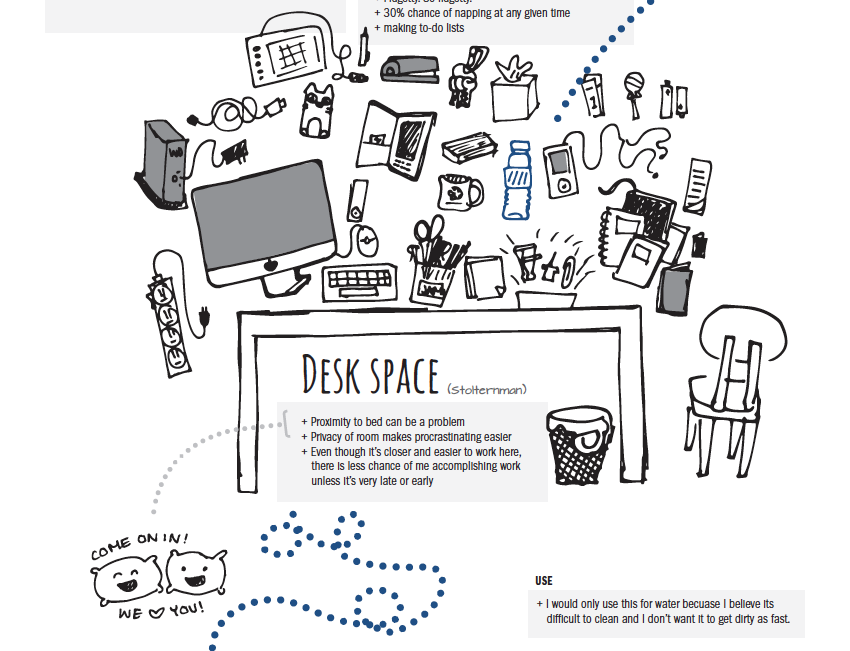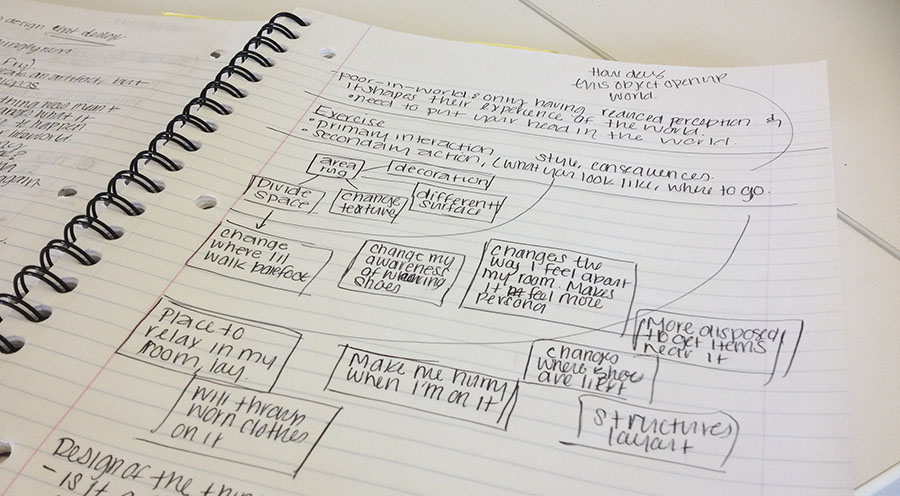Seminar I // research notes
— —
Our next project for Design Seminar is to do a product-service analysis and write about some potential areas of innovation in the product. The analysis will cover the second half of the semester’s reading including:
- The affordances of the components
- The patterns of interaction among target audiences
- The flow of the use experience (and it’s qualities as a focal object)
- Theembedded knowledge in the human habits, desires, and inadequacies
- It’s (and the user’s) anticipation of breakdown
- It’s co-ordination of promises
The product-service I’ve chose to analyze is my lunch box:

(photo via amazon)
It’s definitely not the perfect lunch box. It was kind of impulse buy. I spent hours researching containers in search of the perfect bento box and gave up. Then I saw this on at the nearby convenient store weeks later and just bought it.
Now that I’ve been working on this project, I spent a couple more hours pouring over lunch boxes looking for the perfect design. I’m convinced it doesn’t exist yet. Some or the right size, but don’t have the right functions, some have the right functions but aren’t the right size, many aren’t made of sustainable materials, etc, etc. It’s not the point of the assignment to find your dream product, don’t be mistaken there, but now I can’t help thinking about it.
My requirements are:
- non-plastic material
- microwaveable
- leak-proof
- not-too big and/or have compartments
This doesn’t seem like too much to ask for, does it? But it is really hard to find all these things! Plus, for the longest time I was looking for something really well designed, stackable bento boxes that would possibly also be thermal and come with cutlery.
However, I did come across this product by Frego which I think is really neat. That silicon sleeve just seems like a magical innovation. You think that burning your hands is just part of microwaving stuff–but it isn’t!
Frego from Chelsie Lopez on Vimeo.
I forgot that was a think because my current lunch box obviously doesn’t have any problems with that either since it has a silicon base. However, the lid is still plastic and warped. So now the little thing that holds the cutlery doesn’t stay in. Which obviously makes me more unhappy.
I’m really tempted to buy it, but I don’t know where it would fit into my life right now since I have a tolerable lunch box as it. But I can’t help pining and thought I’d share!





